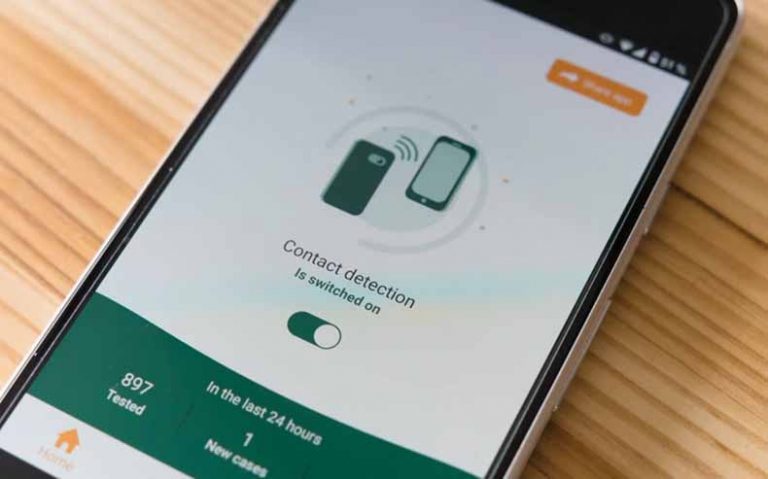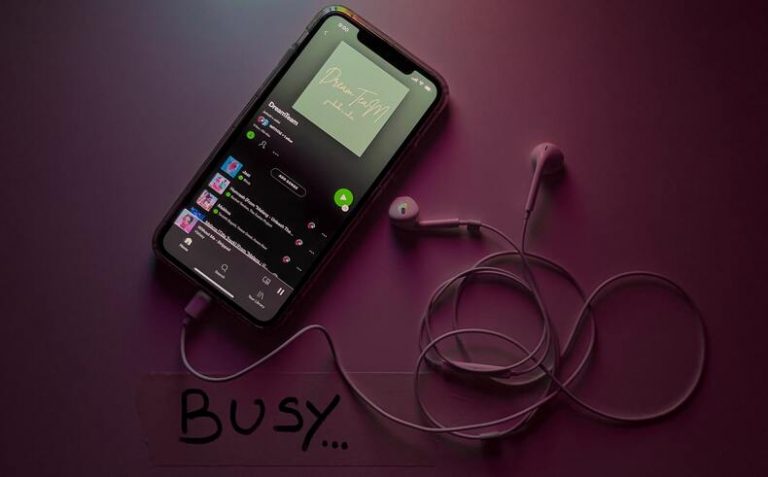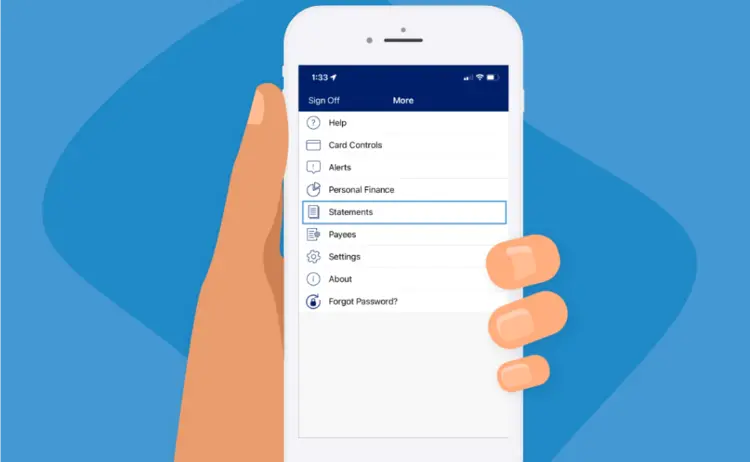The Basics of Money Transfer Applications
Credit cards and digital money become so common that we often don’t remember that 10-15 years ago only a few used them. While the credit card number in Canada has doubled since 2000, in Eastern and South European countries, such as Romania, Hungary, and Greece, this number has increased more than 5 times. However, the world of digital money isn’t limited by this.
That’s why a good money transfer application will always be in trend, even despite the presence of many other well-known apps. We’ll start with the basics of such apps, so you’ll see how they work – and then overview their market instantly.
Transferring money online: how does it work?

These apps transfer money into digital objects: chinks of information, basically. After that, securing them using end-to-end encryption and modern technologies such as blockchain, they transfer money between digital wallets, freeing people from long and tiring bank transfers. That’s why safety and privacy are so important for them. They also are financial law subjects of all countries where they’re planning to work. These two elements are very important for them.
Therefore, money transfer apps serve the purpose of financial connection between people. For example, they facilitate trading, good selling, and money exchange between friends and relatives. They often enable to avoid long bank transfers and restrictions such as sanctions. While it makes them quite controversial and some countries even restrict them, especially authoritarian ones, they still are highly useful and relevant.
Market size
Digital money is a very fast-growing field. While they have been known since the 2000s, only now have people begun to use them widely, being assured that they are safe. So, the digital payment market size is more than $120 billion now, and it can grow threefold by the end of this decade.
So, there is plenty of space here. Let’s see what we can do with it. How do various money transfer app developers create their tools? What are their types and how do they work? Let’s explore that.
Types and applications
It’s better to start by evaluating the most common money transfer app types. While there are myriads of their combinations, we’ll explore five of the most relevant types, and you’ll see how to combine them by yourself.
Peer-to-Peer (P2P) Payment Apps:
They allow individuals to send money directly to each other using their gadgets. They link their bank accounts or cards to the app and can initiate transactions by entering the recipient’s mobile number or email address.
Two very popular examples are Venmo and PayPal. They are popular for splitting bills, paying friends, or transferring money to family members.
Mobile Wallet Apps:
They serve as digital cardholders, storing payment information, such as credit card details and bank account numbers, on a mobile device. They also enable users to make payments in physical stores and online using the NFC sensor of their smartphone. See the example below.
Examples include Apple Pay, Google Pay, and Samsung Pay, available for various operation systems and Samsung phones respectively.
International Money Transfer Apps:
International money transfer apps specialize in sending funds across borders. Their distinct features are competitive exchange rates and lower fees compared to traditional banks.
Examples include Wise and Remitly, widely used by expatriates, travelers, work migrants, and freelancers to send money between countries.
Banking Apps:
Most banks now offer mobile apps that allow customers to transfer money between accounts, pay bills, and make person-to-person payments. These apps also provide a range of financial services, from personal finance planning to investing.
Examples include Bank of America’s mobile banking app and mobile-only banks such as Revolut.
Cryptocurrency Wallet Apps:
Cryptocurrency wallet apps enable users to buy, sell, and store digital blockchain-based currencies like Bitcoin and Ethereum. They often include features for transferring cryptocurrencies between users, often with the ability to exchange them.
Examples include Coinbase and Binance which also serve as the largest crypto stock exchanges.
Comparison analysis of money transfer apps
Let’s compare several examples of such apps quickly
| Google Pay Card wallet | PayPal P2P transfers | Coinbase Crypto exchange | Bank of America Mobile banking |
| Stores user cards and enables quick payments with a smartphone | Connects PayPal account with a bank and facilitates money transfers | Provides currency exchange and transfer features | Provides a wide range of banking options |
| Works as a digital cardholder | Works as an Internet money account | Works as a crypto wallet | Works as a mobile bank |
Advantages of digital payment applications
Digital payment apps improve people’s lives greatly. Let’s see, how.
- They are convenient, enabling quick, secure, and inexpensive transactions.
- They have a record database so that you can see your payment history easily.
- They are easily accessible to a wide range of users, including developing countries.
- They enable quick cardless payments using smartphones with NFC chips.
- They are more sustainable, reducing the need for paper checks
So, are you ready to see their development plan?
Money transfer app development
It involves multiple steps, including design, development, security, and compliance considerations. We’ll provide a quick action plan for this process, but remember that each point can be broken down into many smaller parts.
- Define Your Idea and Objectives
Are you targeting person-to-person transfers, in-store payments, international transactions, card storing, crypto exchange, or a combination? Write a scheme of your app, how it works, which value it creates, and which problems it solves.
- Market Research
Research your target audience, competitors, and the current market landscape. Any gap in the market is your opportunity to fill some niche.
- Conceptual Design
Create a wireframe and prototype of your app. It’s time to apply user interface (UI) and user experience (UX) skills to analyze users’ needs and develop how your app will look.
- Choose the Tech Stack
Before development, you need to know the platform on which you’ll develop. Choose the programming language and all tools that you’ll apply, such as AI tools for code generation.
- Payment Gateway Integration & Security
In addition, you need a payment gateway provider for processing transactions. Also, implement robust security measures to protect user data and financial transactions. This includes encryption, security authentication, and regular testing to identify possible breaches.
- Development
It’s time to create the front end and back end of your app. Ensure smooth navigation, efficient payment processing, registration and personal accounts, and user-friendly features. After this step, you’ll obtain the first working version of your app.
- Testing
Conduct extensive testing of all apps’ functionalities and code elements to find and fix bugs, flaws, user experience problems, and security vulnerabilities.
- User Feedback and Iteration
Collect user feedback during beta testing among several first users. Make all necessary improvements. and test it again, until it has as few issues as possible before the full-scale launch.
- Security and Compliance
Conduct periodic security audits and compliance checks to ensure that your app continues to meet regulatory standards in all countries where it’s available and uses best security practices.
- Marketing and Launch
Develop a marketing strategy to promote your payment app and launch it on the Google and Apple marketplaces.
- Monitor, Support, and Update
After launch, monitor app performance, user feedback, and security. Release updates and handle all users’ inquiries and disputes.
Conclusion
To develop a good money transfer application, decide why the world needs it. There are many money transfer tools now, and the new one will be successful only in case it really solves some important problem or is very convenient for people.
Think about international money transfers, digital money wallets, exchange services, and digital cardholders like popular Google/Apple/Samsung Pay. What can you propose for that? Which ideas can you combine to create your unique and robust product? How do you develop it and deliver it to your audience, in which countries, and will it comply with all local laws?
By answering these questions, you’ll create a plan for your application and, eventually, will develop it successfully.






